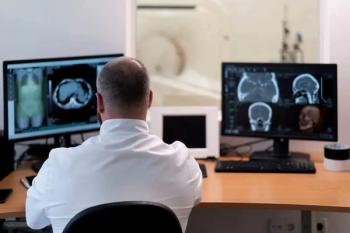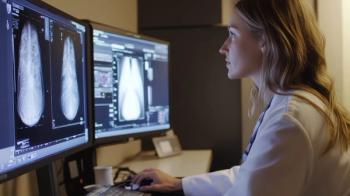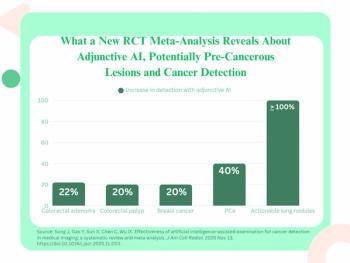
Weird Injuries Rads See: Punching Walls
It’s not an isolated issue-patients seem to really like punching inanimate objects. Eric Postal dissects (and ranks) the average puncher’s motivation.
I first became aware of the phenomenon of people punching walls and other such unyielding objects when I was still working for a psychiatric clinic, even before med school. I forget under precisely what circumstances, but one of the more seasoned mental-health workers offhandedly referred to wall-punching as a manifestation of patients “acting out.” Nobody else seemed to sit up and take notice, but inwardly I thought, who would do that? Must be a real nutjob.
Related article:
Fast-forward a couple of decades, when I’m sitting in a telerad-chair and getting most of my imaging-volume from ERs and urgent-care centers. Wow, there are a lot of people out there who not only feel the impulse to punch things but go ahead and do it (forcefully enough that they wind up seeking medical care).
A scale of meaning
See enough of these things, and your mind starts to puzzle at them beyond the actual task of diagnosing injuries (or ruling them out). Noticing patterns, forming theories, drawing conclusions. Sometimes even concocting little narratives about the punchers.
For instance, if someone punched hard enough to actually break one of their bones, in my mind the puncher kind of had to mean it more than someone else who hit a wall and sustained no injury. Then there are the folks who break more than one bone, or one bone in two different locations (like a metacarpal base as well as its head). I picture them as being the angriest-or craziest-of the wall-punching population.
Then, there are the folks who injure the wrong part of the hand. True, the majority of “boxer fractures” involve the fifth metacarpal, as it’s the most susceptible to injury, but if you’re seriously looking to deliver a capable punch that’s not what you want to hit with. Your desired point of impact is MCP #2 and 3. So, again, either the folks who broke their fifth metacarpal didn’t really mean it-deviating their punch at the last moment and connecting with the wrong spot-or they are strictly amateur-hour when it comes to inanimate-object pugilism.
Related article:
A subtype of puncher opts for what probably seems an easier or more dramatic target-a window or other shatter-prone item. (I know this because sometimes I actually get a clinical history, believe it or not, beyond “R/O injury.”) When I am directed to check for foreign bodies-bits of glass and such in the punching extremity-I find myself thinking about the mentality of s/he who chooses to swing at windows instead of walls. Was there some sort of instinct that it would hurt less? A desire to more reliably do some property damage, since it’s generally easer to break a window or mirror than a wall?
Sometimes, there’s evidence that this is a repeat-offender puncher. That is, whether or not an acute injury is shown on the hand x-ray, there are old, healed fractures right where you’d expect from a previous boxer-fracture. At that point I invariably think, didn’t learn anything at all the last time we did this, did we? Shall we place some over/under bets as to how long it’ll be before you’re back here again for the same reason?
Since the punched items overwhelmingly seem to be walls, I find myself wondering how this phenomenon is perceived by the folks who repair the fist-sized holes that this creates. Do you suppose one of them writes a blog for fellow drywall-workers?
Newsletter
Stay at the forefront of radiology with the Diagnostic Imaging newsletter, delivering the latest news, clinical insights, and imaging advancements for today’s radiologists.



























